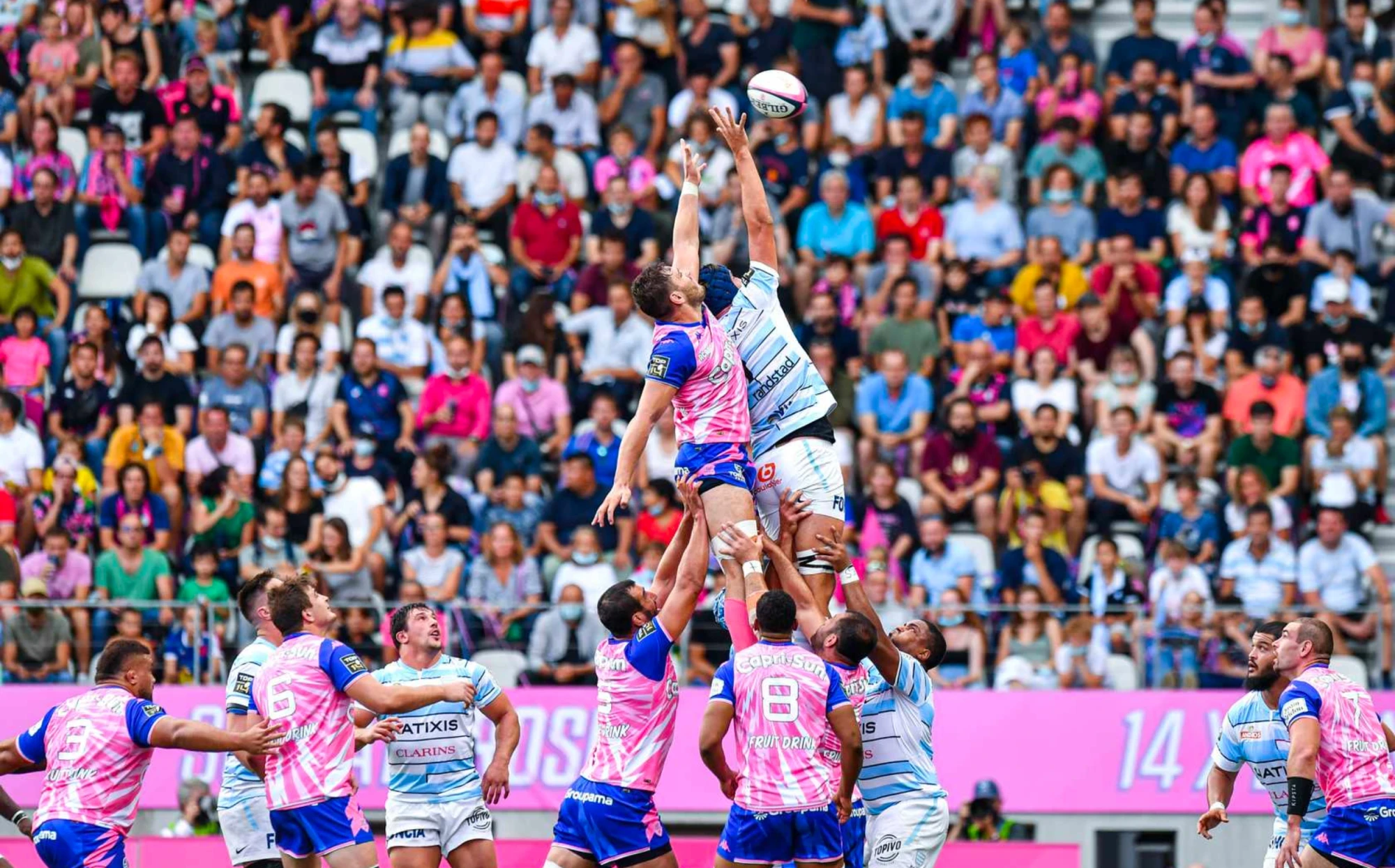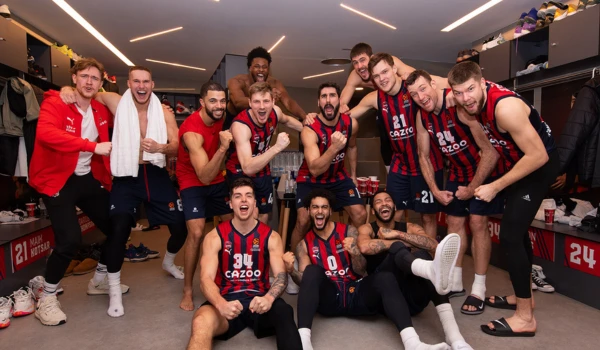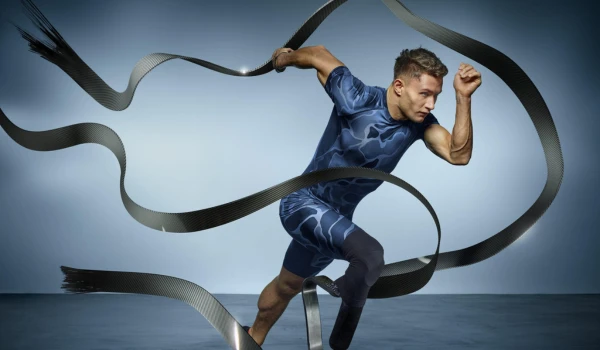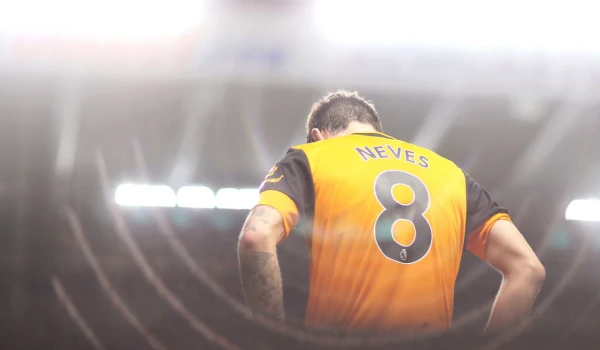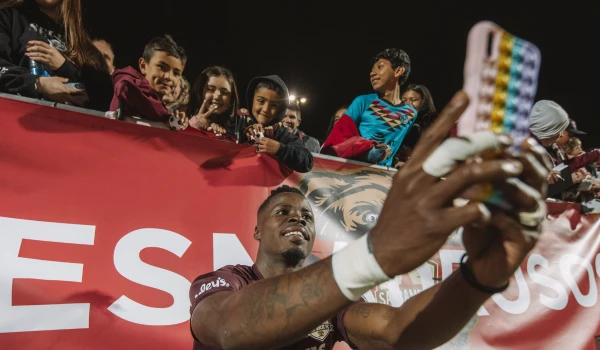Sports teams and organisations are always looking for new ways to engage with fans and promote their brand.
Visual storytelling is a powerful tool that can help teams create meaningful connections with their fans and communicate their message in a compelling way. And there’s no better story than one that talks about the athletes. Fans are enamoured by almost everything that has to do with their favourite players, and clubs now realise this, putting the players front and centre in all of their storytelling.
Storytelling focused on athletes
People follow athletes on social media to connect to their storylines and personalities. Fans are interested in their favourite players’ lives, both on and off the field. This includes stories of how they reached the level that they’re playing at, instances and bits from their professional lives, but also their personal lives. Fans are hooked to this content.
This can clearly be seen in the content that’s put out by clubs. When Orlando City played Seattle Sounders, Orlando shared a picture of their prolific number 10 Mauricio Pereyra alongside his Uruguayan compatriot Nicolás Lodeiro, who previously played together at Nacional. Although a minor insight, this kind of content really fuels conversation, and thus, engagement as fans are let in to a piece of history associated to their idol.
When Japan staged an upset and reached the quarterfinals, AS Monaco had the perfect photos of their player Takumi Minamino to post when the time came.
Similarly, when France beat England to reach the semi-finals of the World Cup, West Ham posted a photo of Alphonse Areola and Declan Rice, both opponents in that match but playing together at West Ham, to congratulate one player and offer commiserations to the other.
In all of these it’s clear to see that the clubs needed to not only possess the perfect content, but also to have the ability to be able to access and use this content at the perfect time to make sure that they could keep their fans engaged, even during the World Cup when clubs had a month off. Social media teams were hard at work the entire month, pushing out some amazing content that involved around the athletes playing at the World Cup.
Role of a DAM like ScorePlay
The success of visual storytelling in sports depends on having the right visuals available to tell the story. This is where ScorePlay comes in. A DAM system like ScorePlay allows you to store and manage all your digital assets from one place, quickly and easily. Using ScorePlay, you can ensure that you have the right visuals available to tell the story that you want to tell. This makes it easier to create content that is consistent, engaging, and memorable. As you saw in the examples of Orlando and West Ham above, the ScorePlay platform gave them the ability to search specifically for a player after the AI had run. They could refine their search and search for the kind of content that was perfect for those exact moments.
Using ScorePlay, teams can streamline the workflow and quickly create compelling narratives. This allows them to focus on the creative elements of visual storytelling, such as creating engaging visuals and producing compelling stories, rather than worrying about the manual tasks involved in getting the best content out for the fans. By using visual storytelling to bring athletes’ unique stories to life, teams can create content that resonates with viewers and increases viewership and fan engagement.
About ScorePlay
ScorePlay is your best-in-class media solution that provides an automated architecture to centralise, distribute, and classify your digital assets, whether photos, videos, or live broadcasts. We are transforming sports organizations, automating their creative processes and growing their brands and unlocking new revenue. We are the bridge to the future of sports storytelling, from content capture to fan consumption. Automate. Grow. Unlock.
Credits
Photo credit: Orlando City SC, AS Monaco, West Ham United
